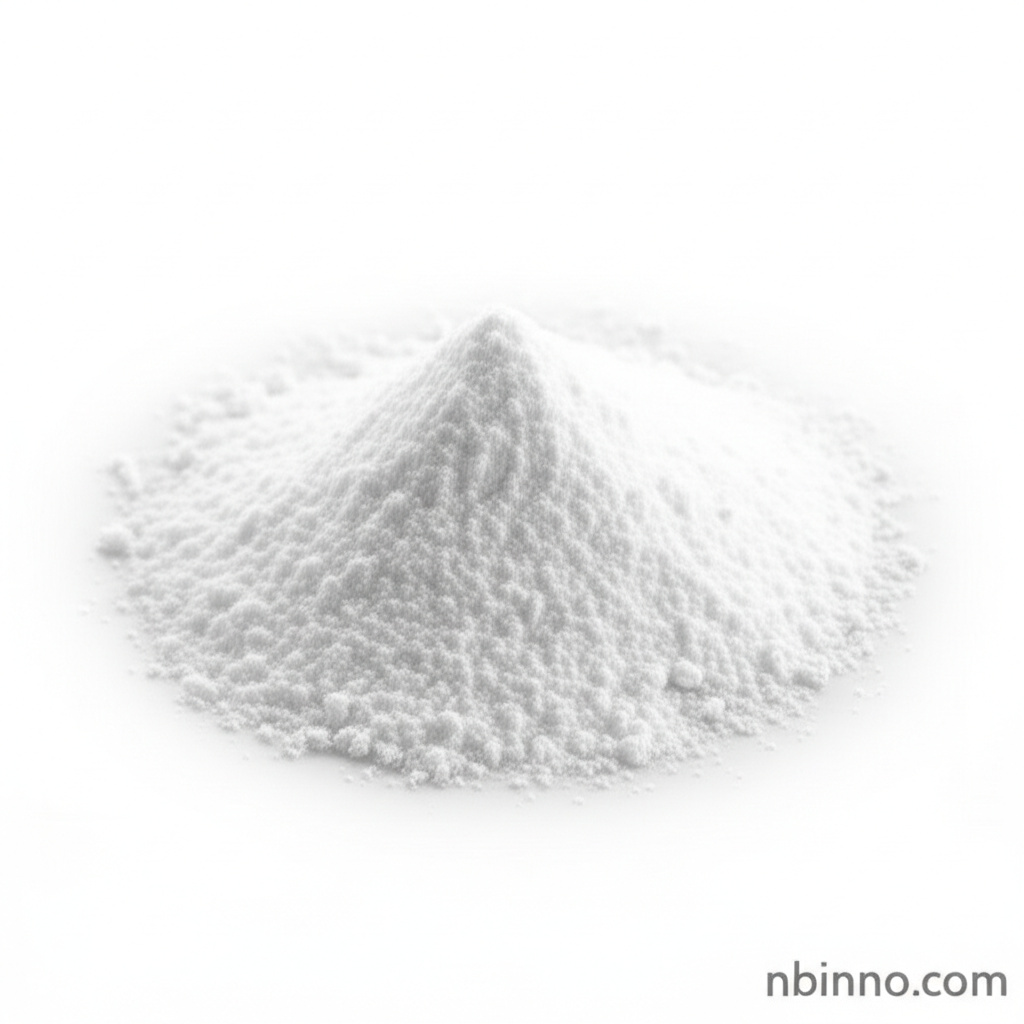Adenosine Triphosphate (ATP): A Comprehensive Guide to Its Chemical Properties and Biomedical Applications
Explore the multifaceted roles of ATP, from cellular energy to advanced antimicrobial therapies and diagnostic innovations.
Get a Quote & SampleProduct Core Value

Adenosine Triphosphate Powder
Adenosine Triphosphate (ATP) is a pivotal molecule in cellular energy transfer and metabolism, underpinning numerous biological processes. Its unique chemical structure, characterized by adenine, ribose, and three phosphate groups, allows it to store and release energy efficiently. This energy currency plays a critical role in everything from muscle contraction to DNA synthesis. Beyond its fundamental biochemical functions, ATP is gaining significant attention for its diverse applications in medicine, including its potential as a therapeutic agent in wound disinfection and as a component in novel antimicrobial strategies. Its involvement in ATP-activated prodrug systems highlights its capacity to trigger targeted drug release for combating bacterial infections. Furthermore, ATP serves as a critical indicator in rapid antimicrobial susceptibility testing, enabling quicker and more precise diagnosis of bacterial resistance. Its integration into nanoenzyme formulations also promises synergistic antibacterial effects, showcasing ATP's expanding utility in advanced healthcare solutions.
- Explore the intricate role of ATP in cellular energy transfer and metabolism, providing foundational insights into biological processes.
- Discover how ATP's unique chemical properties enable its application in advanced ATP-activated prodrug systems for targeted antibacterial therapy.
- Learn about ATP's contribution to rapid antimicrobial susceptibility testing, a crucial tool for combating antibiotic resistance.
- Understand the synergistic antibacterial performance of ATP-enhanced nanoenzymes, showcasing its potential in novel therapeutic strategies.
Key Advantages and Applications
Versatile Energy Metabolism Role
ATP is the universal energy currency, vital for all cellular functions and metabolic pathways, supporting sustained biological activity.
Innovative Antimicrobial Therapies
ATP's ability to inhibit ferric ion utilization contributes to its antimicrobial activity, offering new avenues for fighting bacterial infections.
Enhanced Diagnostic Capabilities
Utilizing ATP in rapid antimicrobial susceptibility testing provides crucial insights for timely and effective treatment decisions.
Key Applications
Biochemical Energy Transfer
ATP is fundamental to powering cellular processes, enabling muscle contraction, nerve impulse propagation, and chemical synthesis, making it essential for understanding fundamental biological energy transfer.
Antimicrobial Strategies
Investigating ATP's role in inhibiting bacterial growth through iron chelation and its application in ATP-activated prodrug systems offers novel approaches to combatting antibiotic-resistant pathogens.
Diagnostic Advancements
The development of ATP bioluminescence assays for rapid antimicrobial susceptibility testing streamlines diagnostics, aiding clinicians in selecting appropriate treatments more swiftly.
Therapeutic Nano-platforms
Incorporating ATP into nano-carriers for synergistic antibacterial effects, such as in combination with photothermal or sonodynamic therapies, demonstrates its potential in advanced biomedical treatments.
